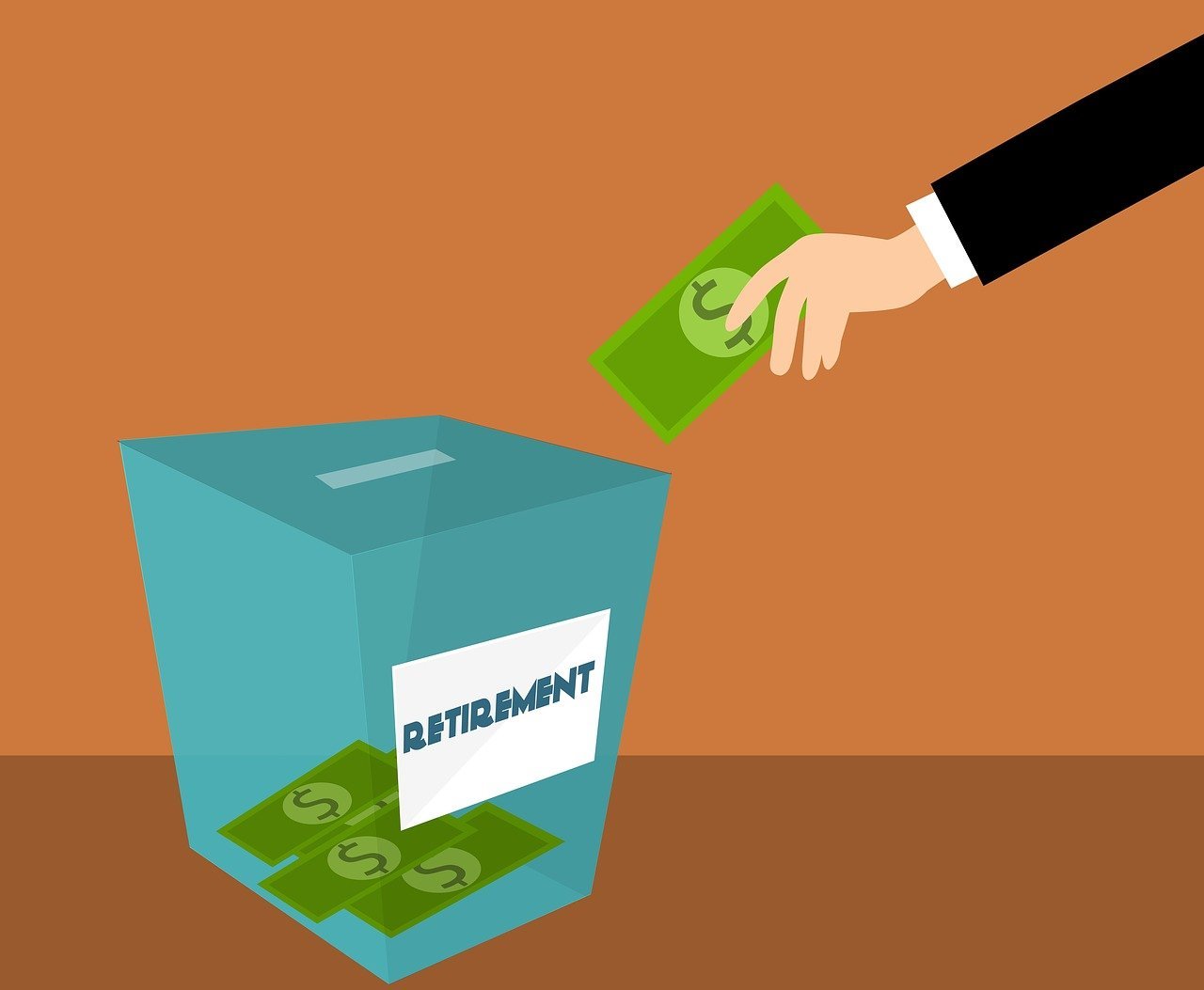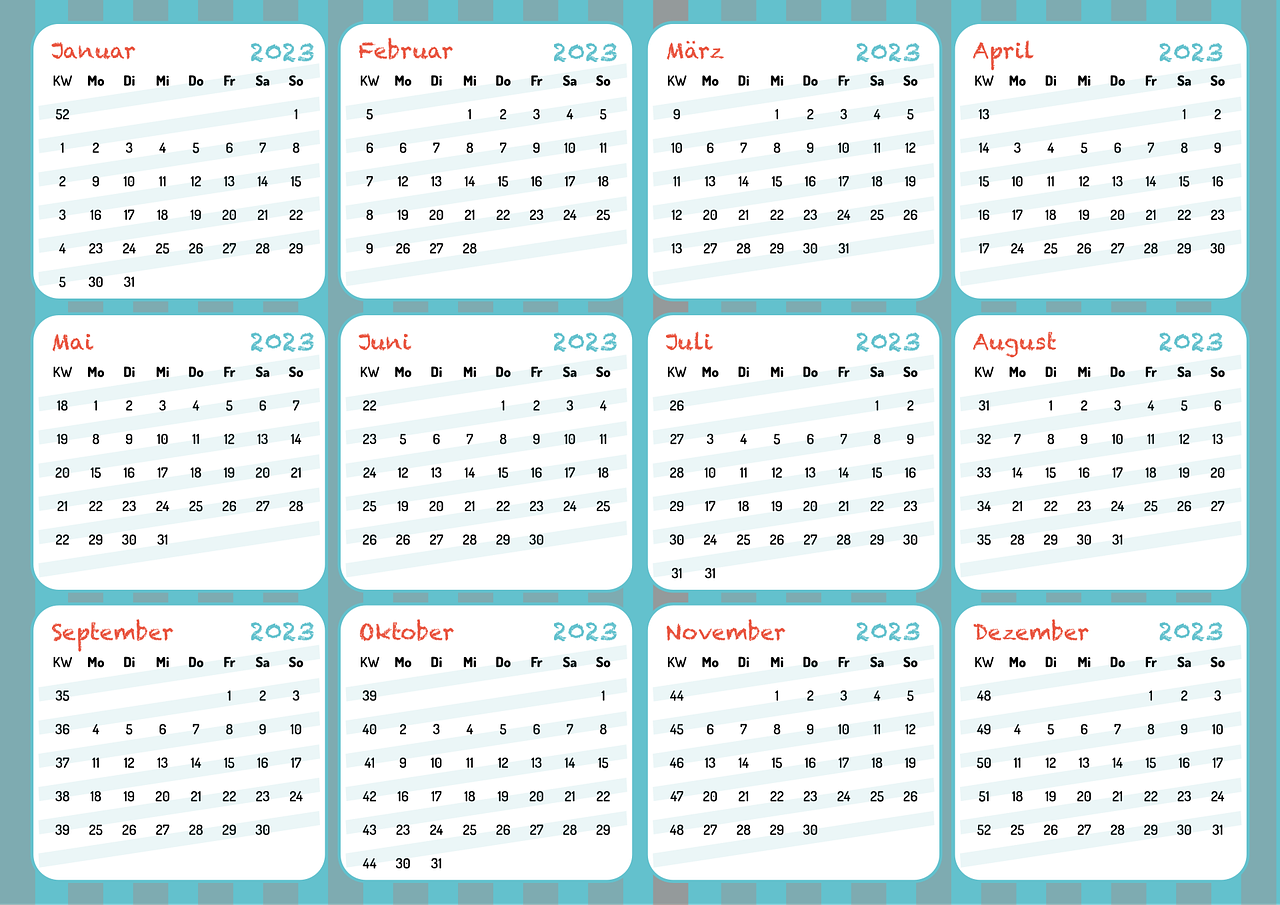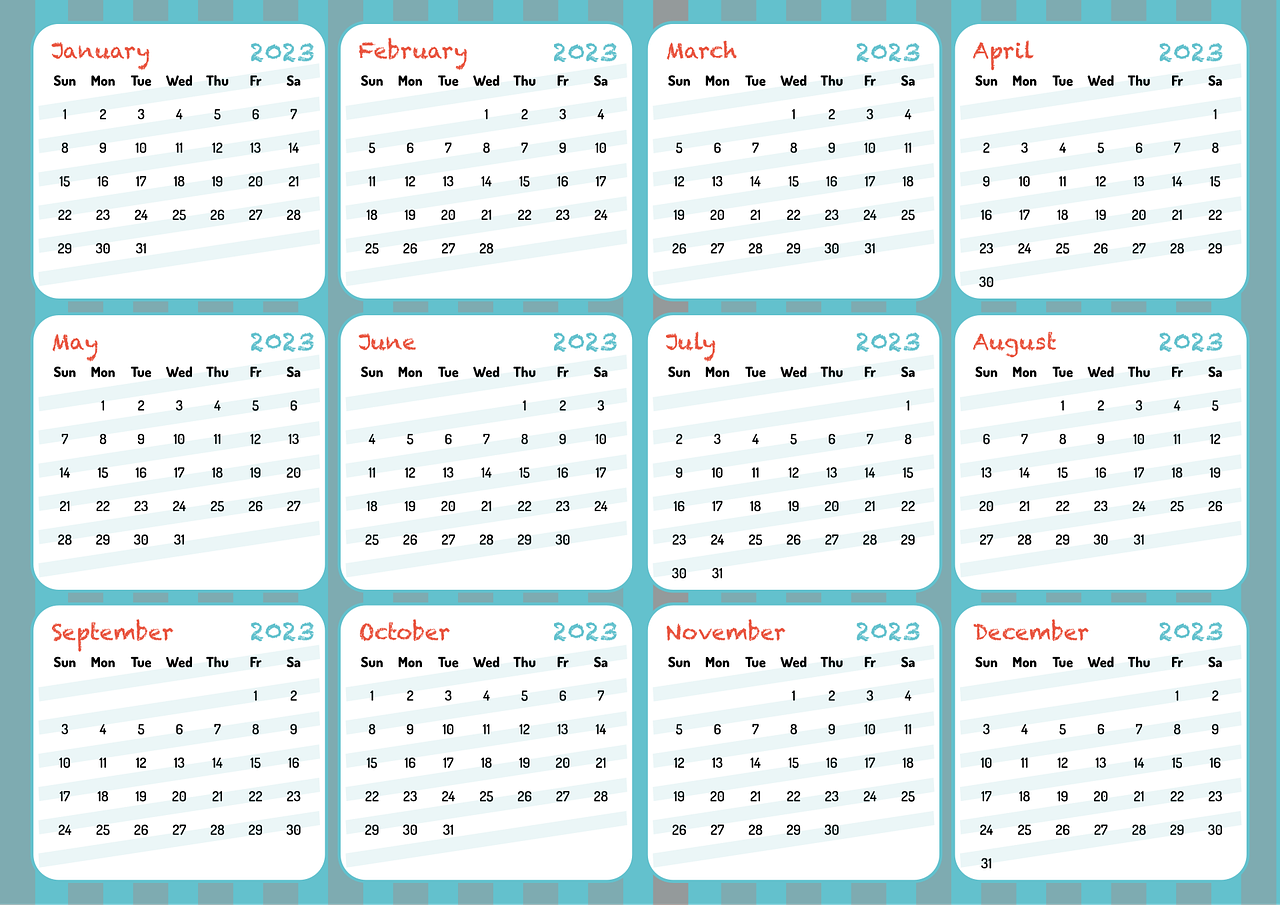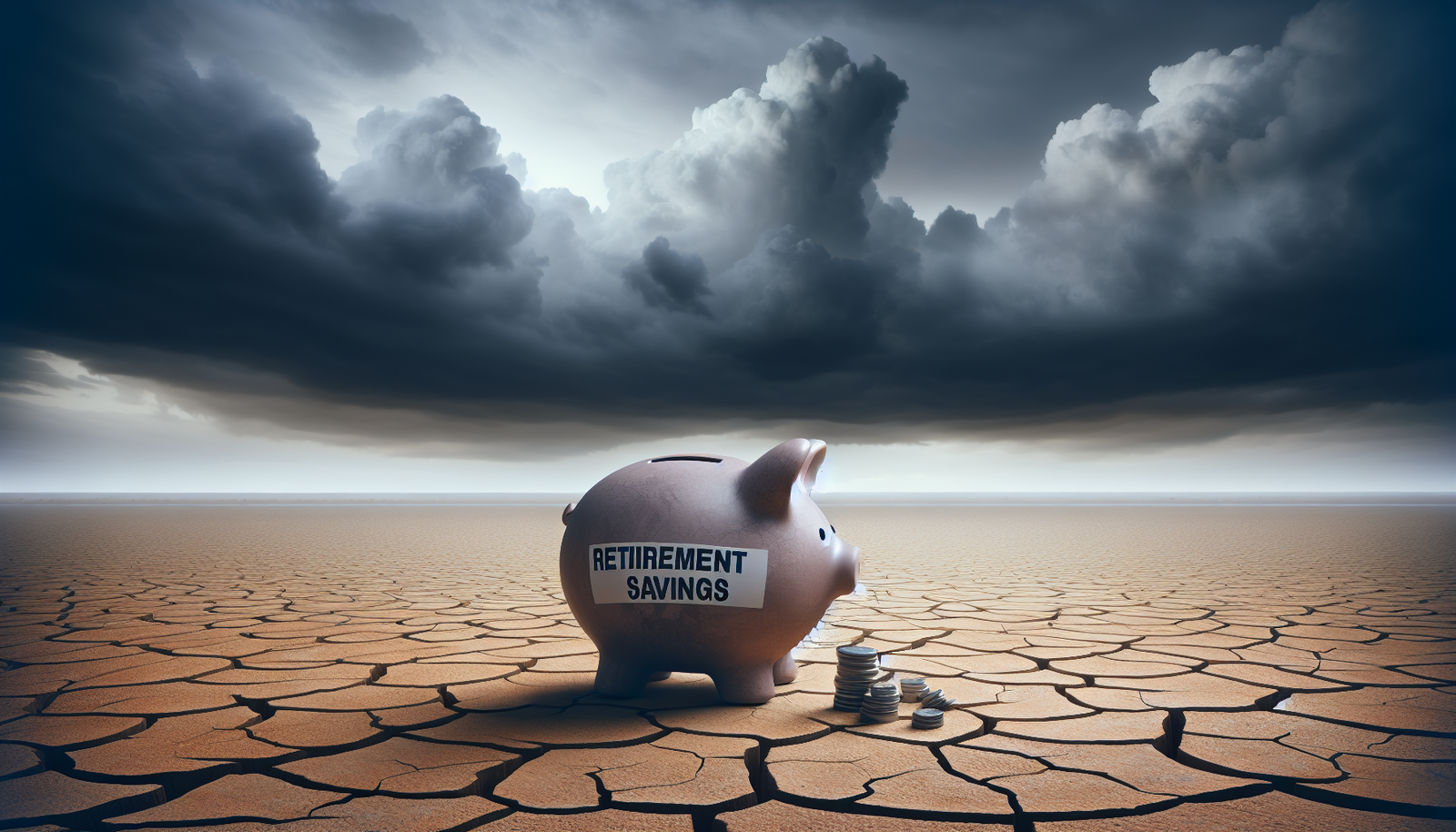Have you ever contemplated the intricacies of your retirement plan and what a 401k principal entails? Understanding your retirement options can sometimes feel overwhelming, but gaining clarity is easier than you might think. Let’s embark on this journey to demystify the essential aspects of your 401k principal, ensuring you’re well-prepared for your future financial security.

This image is property of pixabay.com.
What is a 401k?
A 401k plan is a retirement savings account offered by many employers as part of their benefits package. It allows you to contribute a portion of your pre-tax salary to a retirement fund, growing it over time through investments in various financial instruments like stocks, bonds, and mutual funds. The power of a 401k lies in its tax advantages and employer contributions, where applicable, making it a crucial component of a long-term financial plan.
How Does a 401k Work?
When you enroll in a 401k plan, you decide how much money to contribute from each paycheck. This contribution is deducted before taxes, reducing your taxable income. Employers often match a percentage of your contribution, which can significantly boost your retirement savings. The funds in your 401k grow tax-free until you withdraw them, typically during retirement.
Types of 401k Plans
There are several types of 401k plans, each serving different needs and offering various benefits:
-
Traditional 401k: Contributions are made pre-tax, reducing your taxable income in the year they’re made. Withdrawals, however, are taxed as ordinary income.
-
Roth 401k: Contributions are made after-tax. Although you don’t get an immediate tax break, withdrawals during retirement are tax-free, including the earnings, provided certain conditions are met.
-
Safe Harbor 401k: These plans automatically comply with non-discrimination tests, providing benefits to all employees, including business owners and highly compensated employees.
-
SIMPLE 401k: It is designed for small businesses with 100 or fewer employees, offering simpler and more cost-effective savings options.
What is a 401k Principal?
The 401k principal refers to the original amount of money you’ve contributed to your 401k plan without factoring in investment gains or losses. Essentially, it’s the initial sum from your earnings that you have saved for retirement. This principal can include both your contributions and any employer-matched contributions.
The Importance of Understanding Your Principal
Knowing your principal is crucial because it forms the foundation on which your investment grows. It’s vital for tracking your savings progress—how much of your total 401k balance is due to your contributions, and how much is attributed to investment growth. This understanding can influence your investment strategies and financial planning decisions.

This image is property of images.unsplash.com.
Contributions to Your 401k Principal
Various factors can impact how much you can and should contribute to your 401k principal, ensuring you maximize your retirement savings potential.
Employee Contributions
As a plan participant, you control how much of your salary you allocate to your 401k. The Internal Revenue Service (IRS) sets annual contribution limits, which adjust based on inflation and economic changes. Understanding these limits is essential for optimizing your retirement savings.
Employer Contributions
Many employers enhance your retirement savings through matching contributions. The match can offer significant financial benefits and varies from employer to employer. Some may match contributions dollar for dollar, while others might offer partial matches, such as 50 cents on the dollar up to a certain percentage of your salary.
Catch-Up Contributions
For those aged 50 and above, catch-up contributions allow for higher contribution limits. This opportunity helps you bolster your principal if you’re nearing retirement age and want to ensure a more substantial nest egg.
Investment Growth and Its Impact on Principal
While your principal is the amount you directly contribute, your 401k account balance will fluctuate over time due to investment returns. Understanding how investments impact your principal is crucial for long-term planning.
Types of Investments
Within a 401k, you can typically choose from a range of investment options, including:
- Stocks: Offering potentially high returns but with greater risk.
- Bonds: Providing more stable returns with lower risk.
- Mutual Funds: Allowing for diversification by pooling investments.
- Index Funds: Tracking specific market indexes for passive investing.
Risk and Return
Every investment carries a certain degree of risk and potential return. Younger investors might prioritize growth through riskier investments like stocks, while those nearing retirement may focus on preserving their principal with lower-risk options.

This image is property of images.unsplash.com.
Understanding Withdrawals from Your 401k Principal
Knowing when and how to make withdrawals from your 401k is essential for tax-efficient financial planning and ensuring your retirement funds last.
Withdrawals and Penalties
Generally, withdrawals from a 401k made before age 59½ incur a 10% penalty, along with ordinary income taxes. Certain exceptions, such as disability, medical expenses, or financial hardship, might qualify you for penalty-free withdrawals.
Required Minimum Distributions (RMDs)
Once you turn 73 (as of 2023), the IRS mandates you to start taking required minimum distributions, ensuring taxes are eventually paid on pre-tax savings. Calculating RMDs accurately is vital to avoid penalties and ensure a stable income during retirement.
Strategies to Maximize Your 401k Principal
Making smart decisions throughout your working life can significantly enhance your 401k principal and ensure a comfortable retirement.
Start Early
Time is a powerful ally in wealth building, thanks to compound interest. Starting your contributions early allows your money to grow exponentially over the years, providing substantial returns by the time you retire.
Maximize Contributions
Contributing the maximum allowable amount, particularly when you receive employer matches, helps secure a more robust retirement fund. Understanding contribution limits and taking advantage of catch-up contributions is key for maximizing savings.
Diversify Your Investments
Spreading your investments across various asset classes can balance risk and return, helping protect and grow your principal. Regularly reviewing and adjusting your portfolio according to market conditions and personal goals is essential.
Monitor and Adjust
Financial markets and personal circumstances can change over time. Regularly monitoring your 401k and making necessary adjustments ensures your investments align with your retirement goals and risk tolerance.

This image is property of pixabay.com.
Common Misconceptions About 401k Principal
Clarifying common misconceptions about your 401k can help you make better-informed financial decisions.
Principal vs. 401k Balance
Many people confuse their principal with their total 401k balance. Remember, your balance includes both your principal and investment earnings or losses.
Employer Contributions
Employer contributions are not guaranteed, even if initially promised. Keeping track of your plan’s details and understanding your employer’s policies are essential for accurate financial planning.
Tax Implications
Some believe that 401k withdrawals during retirement are tax-free. However, traditional 401k withdrawals are subject to income tax. Being aware of these tax implications is vital for planning your retirement budget.
Conclusion
Navigating your 401k and understanding its principal is fundamental for ensuring your financial security in retirement. By knowing how contributions, investments, and withdrawals affect your principal, you’re better equipped to make informed decisions that will maximize your savings potential. With careful planning and consistent effort, you can build a robust retirement fund that supports your future dreams and aspirations. Whether you’re just starting your career or nearing retirement, taking proactive steps today will help secure a financially stable tomorrow.

This image is property of images.unsplash.com.































































































